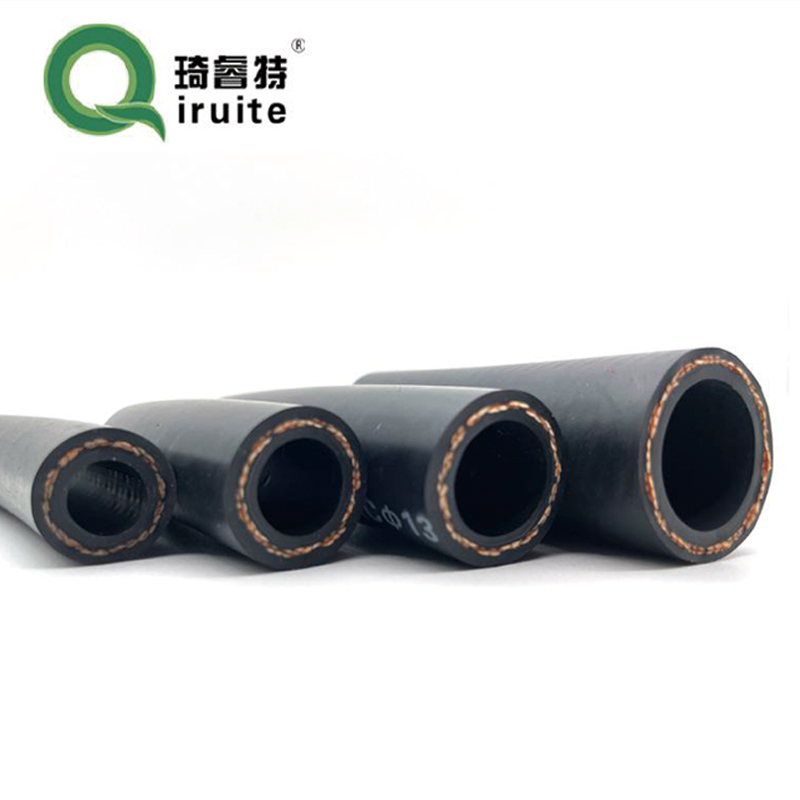Causes and Solutions for Power Steering Hose Failures and Bursts
Understanding Power Steering Hose Burst Causes, Effects, and Solutions
Power steering is an essential component of modern vehicles, providing drivers with the ability to maneuver their cars easily and efficiently. Among the various components that contribute to this crucial system is the power steering hose, which transports the hydraulic fluid necessary for the steering mechanism to function. However, like any vehicle part, power steering hoses can wear out, become damaged, or, in more severe cases, burst. This article explores the causes of power steering hose bursts, their effects on vehicle performance, and potential solutions to mitigate such issues.
Causes of Power Steering Hose Burst
1. Age and Wear Over time, power steering hoses can degrade due to factors such as heat, exposure to road debris, and long-term use. Rubber hoses, which are commonly used, can develop cracks or become brittle, leading to leaks or eventual bursts. Regular wear and tear is the most common reason why older vehicles may experience problems with their power steering hoses.
2. High Pressure The fluid within the power steering system operates under high pressure. If the system is subjected to excessive pressure due to a malfunctioning pump or a blockage in the system, the increased stress on the hose can result in a burst.
3. Improper Installation If a power steering hose is not installed correctly, it can lead to stress points that may weaken over time. This can happen if the hose is routed incorrectly or if it is kinked during installation. Such issues can cause premature failure of the hose, leading to a higher risk of bursting.
4. Corrosive Fluids Using the wrong type of hydraulic fluid or contaminants can cause the interior of the hose to corrode. This degradation can weaken the material of the hose and lead to failure. It’s essential to use the correct fluid and regularly check for any signs of contamination.
5. Environmental Factors Factors such as extreme temperatures, exposure to oil, or chemicals from the road can also contribute to the deterioration of power steering hoses. In regions where road salt is used during winter, the residual effects can lead to faster wear of rubber components like hoses.
Effects of Power Steering Hose Burst
A burst power steering hose can lead to several serious issues. The immediate consequence is the loss of power steering fluid, which results in the steering becoming stiff and unresponsive. This can make it difficult for the driver to steer the vehicle, especially at lower speeds. Consequently, it increases the risk of accidents, as the driver may struggle to maneuver the car effectively.
power steering hose burst

Additionally, if the fluid leaks onto the ground, it can create hazardous conditions for other drivers and pedestrians. The contamination of the vehicle's surroundings can lead to environmental issues, and disposing of used hydraulic fluid must be done correctly to avoid harming the environment.
Moreover, a sudden loss of power steering pressure can put undue stress on other components of the steering system, potentially resulting in more extensive damage and costly repairs.
Solutions to Prevent Power Steering Hose Bursts
To minimize the chances of a power steering hose burst, several proactive measures can be taken
1. Regular Inspections Vehicle owners should have their power steering systems inspected regularly. Keeping an eye on the condition of the hoses, fluid levels, and connection points can help identify problems before they escalate.
2. Use Quality Parts When replacing power steering hoses, it’s advisable to use high-quality, manufacturer-recommended parts. While cheaper alternatives may save money initially, they might not meet the same durability standards.
3. Fluid Maintenance Regularly check and change the power steering fluid as per the vehicle manufacturer’s recommendations. Ensuring the fluid is clean and at the appropriate level helps maintain system performance and hose longevity.
4. Proper Installation If you are replacing a power steering hose or performing repairs, ensure that instructions are followed meticulously. Properly routing the hose and avoiding kinks can significantly reduce the risk of future failures.
In conclusion, understanding the causes and potential consequences of power steering hose bursts is crucial for vehicle safety and maintenance. By implementing preventive measures and remaining vigilant about the condition of your vehicle's systems, you can reduce the likelihood of such issues, ensuring a safer driving experience for yourself and others on the road.
-
Ultimate Spiral Protection for Hoses & CablesNewsJun.26,2025
-
The Ultimate Quick-Connect Solutions for Every NeedNewsJun.26,2025
-
SAE J1401 Brake Hose: Reliable Choice for Safe BrakingNewsJun.26,2025
-
Reliable J2064 A/C Hoses for Real-World Cooling NeedsNewsJun.26,2025
-
Heavy-Duty Sewer Jetting Hoses Built to LastNewsJun.26,2025
-
Fix Power Steering Tube Leaks Fast – Durable & Affordable SolutionNewsJun.26,2025

